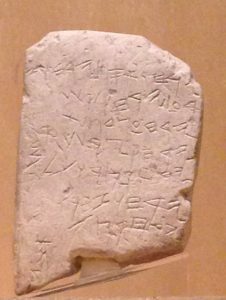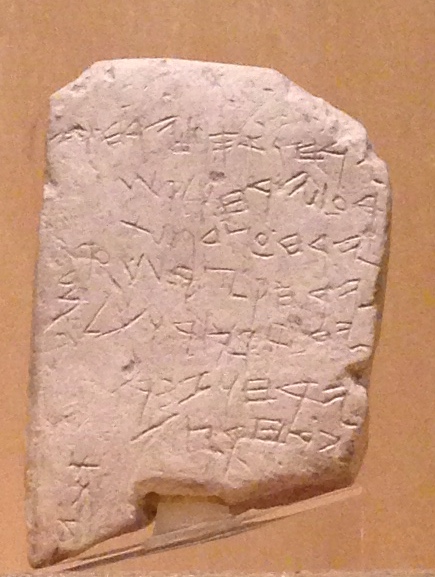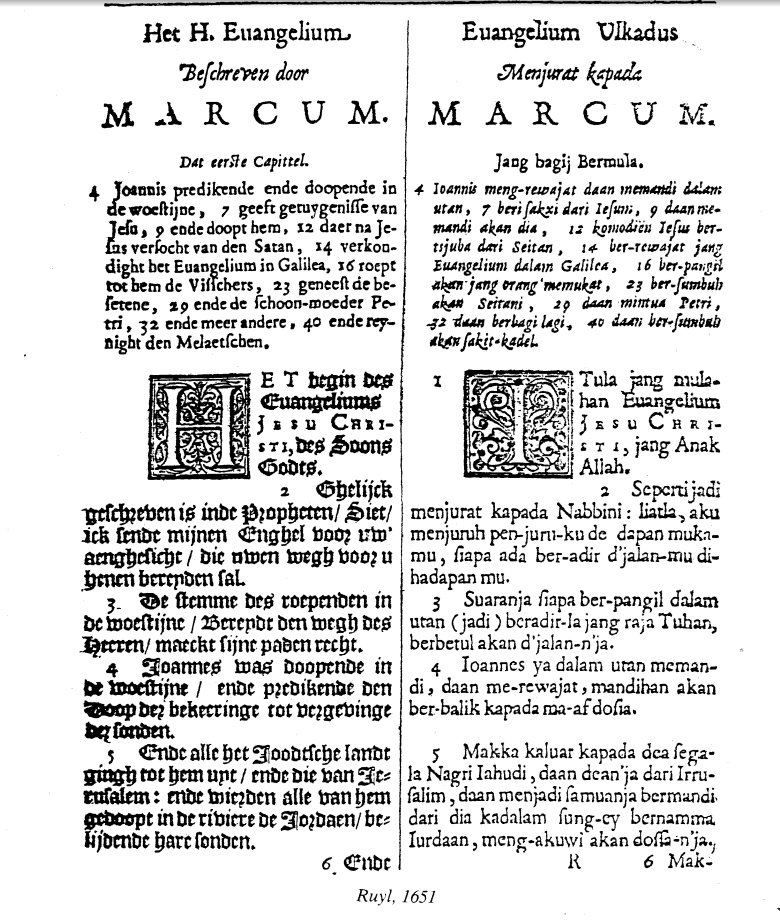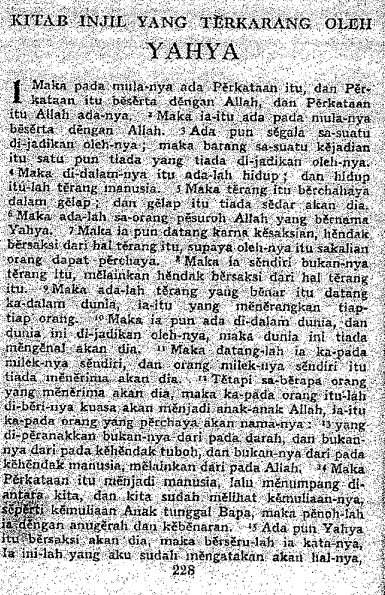Gezer Calendar (925 BC) Written by Dr. Leong Tien Fock* [This summary of major points contains spoilers] Link to the Full Article: How to Misread the Bible in the Name of Paleo-Hebrew 3 Link to Introduction which sets the context: How to Misread the Bible in the Name of Paleo-Hebrew 1 The Paleo-Hebrew phenomenon involves … Continue reading “How to Misread the Bible in the Name of Paleo-Hebrew 2 (Executive Summary)”
 Gezer Calendar (925 BC)
Gezer Calendar (925 BC)
Written by Dr. Leong Tien Fock*
[This summary of major points contains spoilers]
Link to the Full Article: How to Misread the Bible in the Name of Paleo-Hebrew 3
Link to Introduction which sets the context: How to Misread the Bible in the Name of Paleo-Hebrew 1
The Paleo-Hebrew phenomenon involves a method of reading Hebrew words based on the assumption that, unlike the letters of other alphabets, the letters of the Hebrew alphabet represent not only sound but also meaning. Hebrew words then have “deeper meanings” missed by even Hebrew scholars who do not use this method in reading the Hebrew Bible.
For instance, consider the word  (Aleph-Bet, ’āb), which means “father” when read based on the sound of the word indicated by the letters (the ordinary way of reading it). But according to the Paleo-Hebrew method, this word has a deeper meaning when read based on the meaning each letter supposedly represents: Aleph (= “strength/leader”) + Bet (= “house”). In other words the “father” (ordinary meaning) is the “strength or leader of the house” (deeper meaning).
(Aleph-Bet, ’āb), which means “father” when read based on the sound of the word indicated by the letters (the ordinary way of reading it). But according to the Paleo-Hebrew method, this word has a deeper meaning when read based on the meaning each letter supposedly represents: Aleph (= “strength/leader”) + Bet (= “house”). In other words the “father” (ordinary meaning) is the “strength or leader of the house” (deeper meaning).
If the Paleo-Hebrew assumption is true, Biblical Hebrew is unlike any other language of the world, whether ancient or modern. This is in fact a claim made by a prominent practitioner of the Paleo-Hebrew method who has written a Study Bible based on this method. And if the method is valid, it will change significantly how we understand not only the Old Testament but also the New Testament.
A graphic demonstration of how the letters of an alphabet actually work to form written words to represent the respective spoken words shows starkly that if the assumption is true, Biblical Hebrew has somehow managed to overcome what is linguistically impossible with an alphabetic writing system—that the letters can somehow represent not only sound but also meaning.
So does the Paleo-Hebrew method actually work when tested against the available evidence? It seems to work in the selected Hebrew words presented by practitioners, which have impressed an increasing number of Bible believers. But we get a different impression when two different Hebrew words which share the same letters written in the same order are taken into consideration. Continue reading “How to Misread the Bible in the Name of Paleo-Hebrew 2 (Executive Summary)”

 Gezer Calendar (925 BC)
Gezer Calendar (925 BC)



